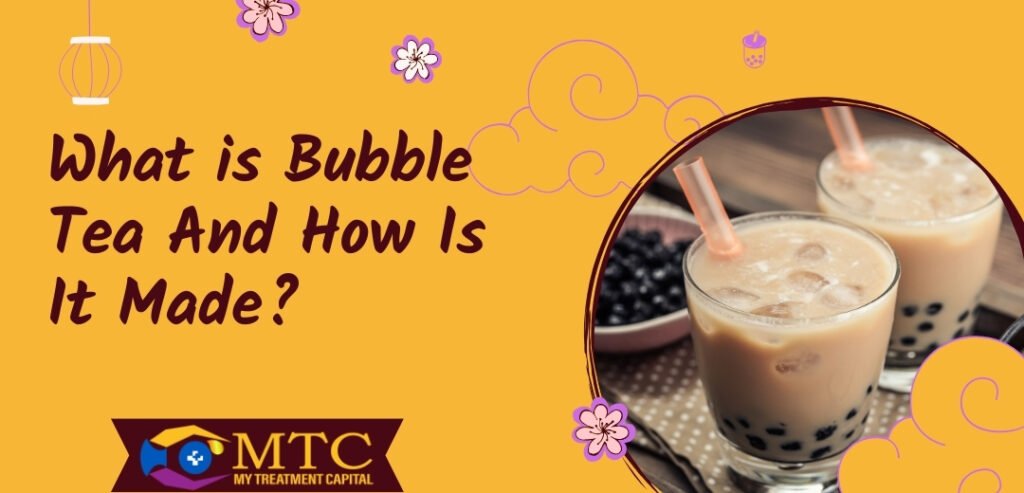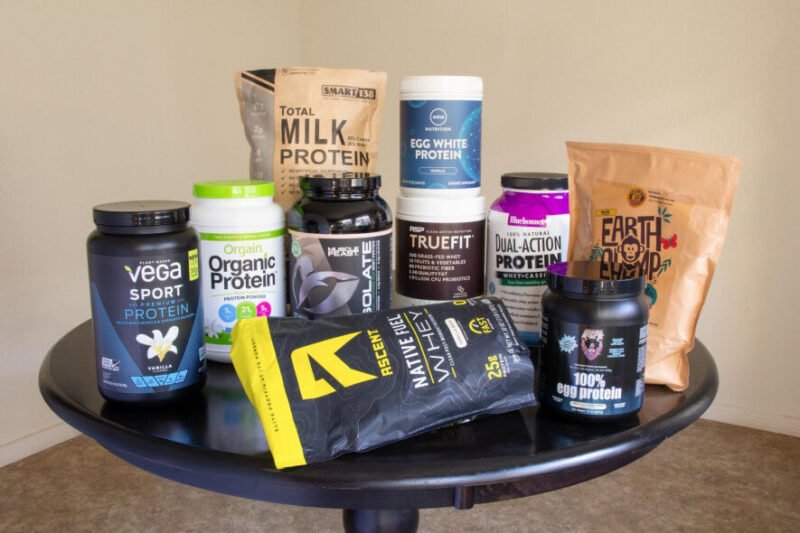Have you heard of bubble tea? Also known as boba or pearl milk tea, this sweet and refreshing beverage has taken the world by storm, gaining a massive following and even being featured in a Google Doodle. Originating from Taiwan in the 1980s, bubble tea has become a go-to treat for many, especially thanks to its popularity on social media platforms like TikTok and YouTube. In this article, we will explore the origins of bubble tea, its key ingredients, and why it has become such a beloved drink worldwide.
The Origins of Bubble Tea
i. Bubble tea, also known as boba tea or pearl milk tea, originated in Taiwan in the 1980s. The exact origins are a bit unclear, and there are a few different stories about how bubble tea came to be.
ii. One popular story attributes the invention of bubble tea to Lin Hsiu Hui, who was working at a tea stand in Taiwan in the 1980s. Supposedly, she added tapioca pearls to iced milk tea on a whim, and the resulting drink gained popularity.
iii. Another version of the story credits the Chun Shui Tang tea house in Taichung, Taiwan, for creating bubble tea. According to this story, the owner, Lin Hsiu Hui, began serving cold milk tea with tapioca pearls in 1988, and the drink became a hit.
iv. Regardless of the specific origin, bubble tea quickly gained popularity in Taiwan and then spread to other parts of Asia and eventually around the world. The unique combination of tea, milk, sweeteners, and chewy tapioca pearls became a beloved beverage with various flavor options and variations. Today, bubble tea shops can be found in many countries, offering a wide range of flavors and customization options.
Bubble Tea’s Ingredients
Bubble tea typically consists of tea, milk, sugar, and chewy tapioca pearls. While there are many variations and flavors, here are the basic ingredients commonly used in making bubble tea:
Tea base: This can be black tea, green tea, oolong tea, or other flavored teas. Some variations use fruit-flavored teas or even coffee as a base.
Milk: Common options include regular milk, condensed milk, evaporated milk, or non-dairy alternatives like almond milk, soy milk, or coconut milk.
Sweetener: Sugar or syrup is added to sweeten the tea. The amount can be adjusted according to personal taste preferences.
Tapioca pearls: Also known as boba, these are chewy balls made from tapioca starch. They are typically black or translucent and are added to the bottom of the drink.
Ice: Bubble tea is often served cold, so ice is a common ingredient to cool down the drink.
Optional Ingredients and Variations Can Include.
Flavorings: Fruit syrups, fruit purees, or flavored powders can be added to enhance the taste of the tea.
Toppings: In addition to tapioca pearls, other toppings such as fruit jellies, aloe vera cubes, or pudding can be added for texture and flavor.
Creamer: Some recipes include a creamer or non-dairy creamer to give the bubble tea a creamier consistency.
Fun Fact: Did you know? The largest cup of bubble tea ever made was a whopping 680 liters! In November 2018, a Japanese YouTuber named Mihara Keigo achieved this feat using a cup that was 88.4cm wide and 125.5cm high. The drink contained a staggering 170 liters of tapioca pearls!
The Popularity of Bubble Tea
While bubble tea has been around for decades, its popularity has skyrocketed in recent years. In 2021, the market for bubble tea was valued at a staggering $2.17 billion (£1.76 billion) and is expected to continue growing. So, what makes bubble tea so popular?
You may like: 30-30-30 Diet Rule Is a Myth or Does it Really Work?
A Wide Range of Options
One of the main reasons for bubble tea’s popularity is the vast array of options available. From traditional flavors like black milk tea to innovative combinations of fruit juices, flavored syrups, powders, jellies, and even popping bubbles, there is a bubble tea flavor to suit every palate.
Customizability
Another factor contributing to bubble tea’s popularity is the ability of consumers to customize their drinks. Whether it’s adjusting the sweetness level, choosing a specific type of tea, or adding unique toppings, bubble tea allows for a personalized experience that appeals to a wide range of tastes.
How to Make Bubble Tea at Home
If you’re feeling adventurous and want to try making bubble tea at home, here’s a step-by-step guide to get you started:
Ingredients:
i. Tapioca pearls
ii. Loose leaf tea
iii. Milk of choice
iv. Sweetener of choice (e.g., honey, agave, or simple syrup)
Step 1: Prep the Tapioca Pearls
Cook the tapioca pearls according to the package instructions. Typically, this involves boiling them in water until they float to the top and then allowing them to cook for an additional minute. Drain and rinse the pearls with cool water.
Step 2: Brew the Tea
Brew the loose-leaf tea according to the package instructions. You can use black tea, jasmine tea, oolong tea, or any other tea of your choice. Let the tea cool or chill it in the refrigerator.
Step 3: Add Flavor and Assemble the Drink
Place the cooked tapioca pearls in a tall glass. Add sweeteners, such as honey or simple syrup, to taste. Pour the chilled tea into the glass, leaving some room for milk if desired. Add a splash of milk, stir, and enjoy!
Popular Bubble Tea Flavors to Try
If you’re looking for some inspiration, here are a few popular bubble tea flavors to try:
Black Milk Tea or Hong Kong Milk Tea: A classic bubble tea made with black tea and condensed milk.
Taro Milk Tea: Creamy and delicious, this flavor is made with taro root powder and milk.
Thai Milk Tea: Made with Thai tea leaves, condensed milk, and tapioca pearls, this flavor provides a sweet caffeine kick.
Strawberry: A fruity and refreshing option, made with strawberry-flavored tea and garnished with fresh strawberries.
Matcha: A popular choice for green tea lovers, made with matcha green tea powder.
Tips for Making the Perfect Bubble Tea
Experiment with different tea flavors and milk options to find your preferred combination.
- Cook the tapioca pearls just until they reach the desired consistency to maintain their chewiness.
- Store tapioca pearls in simple syrup to keep them soft and sweet.
- Customize the sweetness level of your bubble tea by adjusting the amount of sweetener used.
- Try adding unique toppings like grass jelly or cheese foam for an extra twist.
Conclusion
Bubble tea has undoubtedly made a significant impact on the beverage scene, captivating the taste buds of people worldwide. With its wide range of flavors and customizable options, it’s no wonder that bubble tea has gained such a massive following. Whether you’re a bubble tea enthusiast or curious to try it for the first time, this sweet and refreshing beverage is sure to satisfy your cravings. So why not embark on a bubble tea adventure and create your delicious concoctions at home? Cheers to the joy of bubble tea!
FAQs:
Q. What is bubble tea?
Ans. Bubble tea, also known as boba tea, is a popular Taiwanese beverage that originated in the 1980s. It typically consists of a base tea (black or green tea), sweetened milk, and chewy tapioca pearls. The drink can be customized with various flavors, fruit syrups, and toppings.
Q. What are the “bubbles” in bubble tea?
Ans. The term “bubble” in bubble tea refers to the frothy bubbles that form on the surface of the drink when it is shaken or blended. However, the more distinctive “bubbles” are the chewy tapioca pearls at the bottom of the cup. These pearls are often referred to as “boba.”
Q. What flavors are available in bubble tea?
Ans. Bubble tea comes in a wide variety of flavors, ranging from traditional options like classic milk tea and green tea to more exotic choices like taro, lychee, passion fruit, and many more. Some shops also offer fruit teas, slushies, and even savory versions of bubble tea.
Q. How is Bubble Tea Served?
Ans. Bubble tea is typically served cold and comes in a variety of styles. The most common way is as a cold, iced beverage. Additionally, some variations include slushies (blended with ice), milkshakes (blended with ice cream), and hot versions. It is often served in a plastic or glass cup with a wide straw that allows you to enjoy both the drink and the tapioca pearls.
Q. Is Bubble Tea Caffeinated?
Ans. The caffeine content in bubble tea depends on the base tea used. If black or green tea is used as the base, then the drink will contain caffeine. However, some fruit-based bubble teas or those made with herbal infusions may be caffeine-free. It’s always a good idea to check with the specific bubble tea shop or read the menu to know the caffeine content of the drink you choose.





